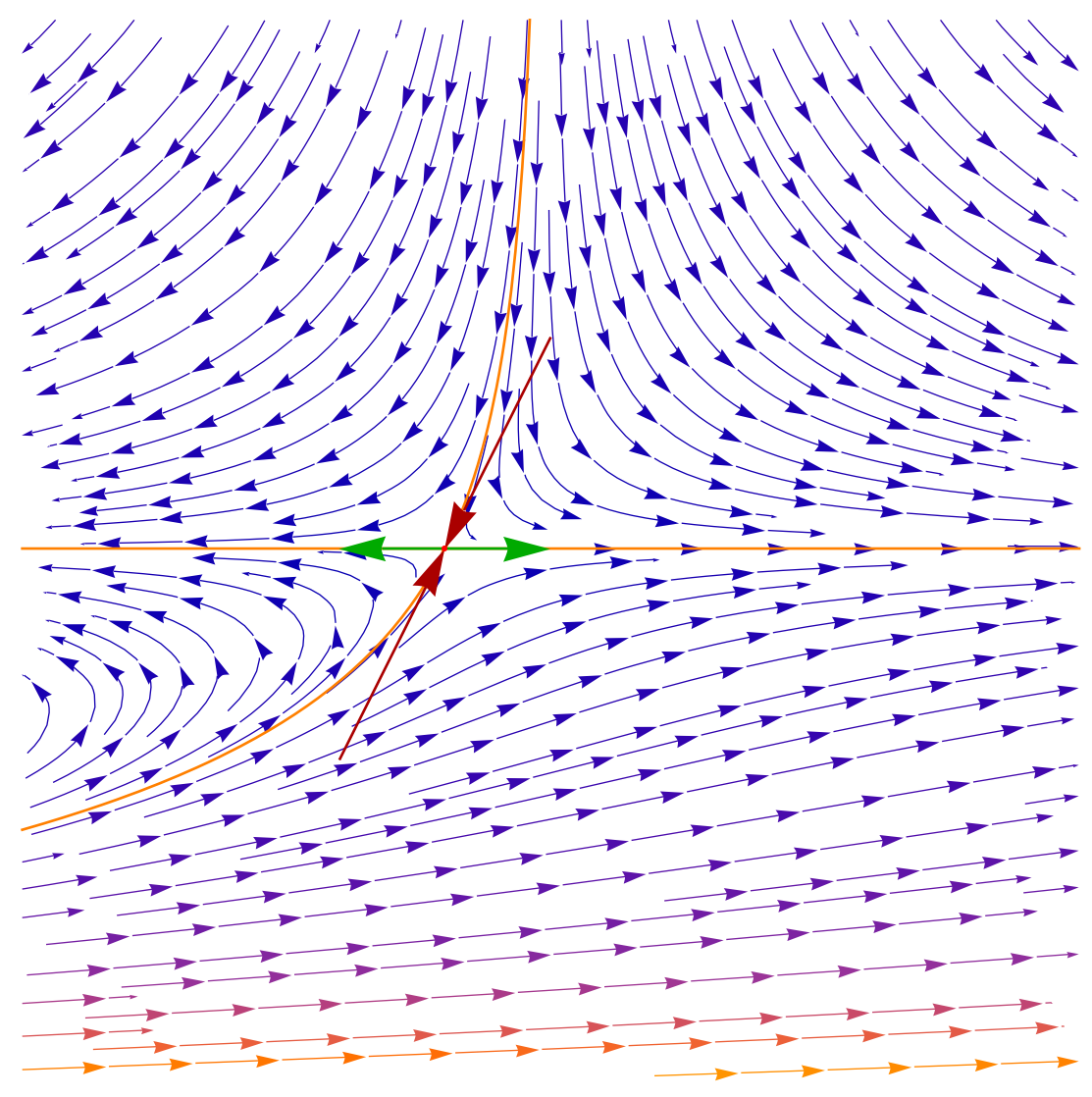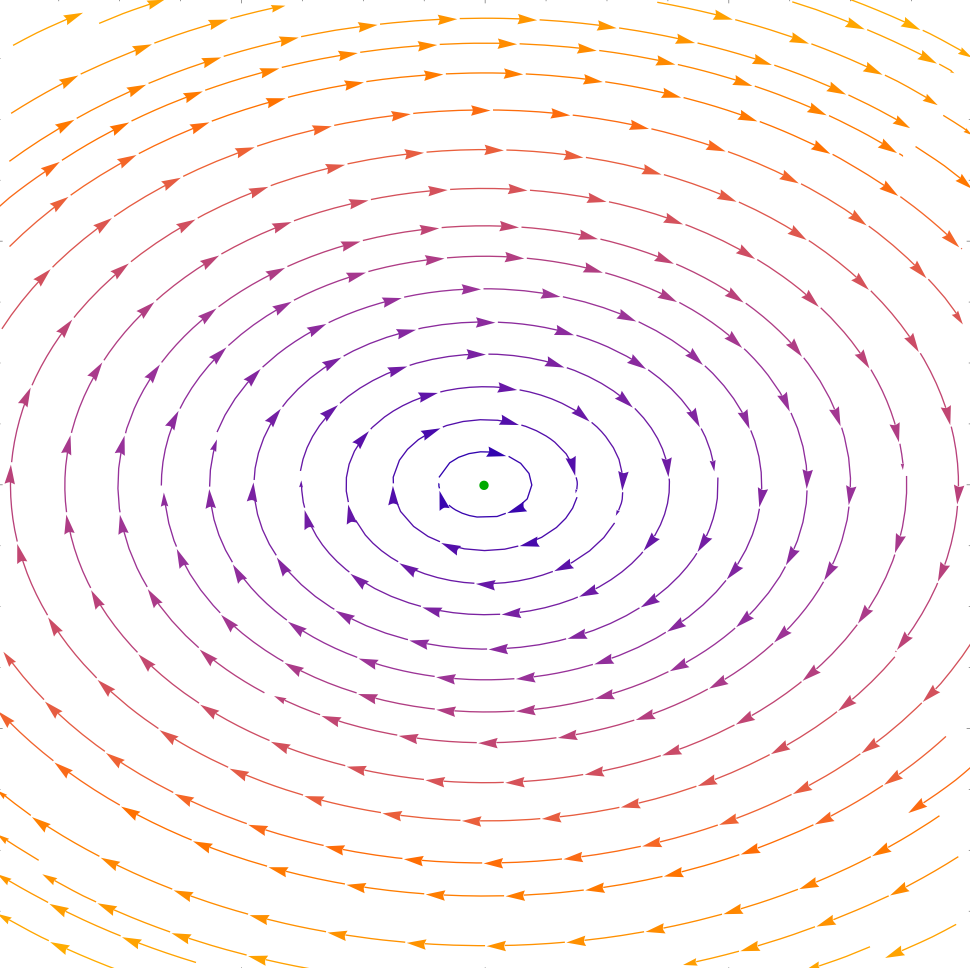Nonlinear
Dynamics
"I am so grateful for your talk. Our students enjoyed it and are very motivated to learn more."
A computational workshop focused on modeling dynamical systems, delivered with visual intuition and practical applications.

Overview
In April 2025, we delivered a tailored computational workshop for students and faculty at Universidad del Quindío, with a focus on modeling dynamical systems.
Led by our Principal Academic Solutions Developer John McNally and hosted by Dr. Isabel Hoyos, this session covered differential equations, phase portraits, and complex system behaviors, while emphasizing visual intuition and clear communication of results.

What Made This Workshop Special
Live Coding, Not Slide Decks
The entire workshop was delivered live inside a Wolfram Notebook. Students saw every step from idea to visualization.
Visual Learning at the Core
Plots as communication tools. John demonstrated how to declutter visuals, annotate critical behaviors, and reproduce textbook-quality diagrams.
Immediate Applications
The content was deeply aligned with student coursework and research interests:
- •Harmonic oscillators
- •Saddle points and spiral attractors
- •Linear and nonlinear systems
- •Parameter-dependent bifurcations
Hosted by Dr. Isabel Hoyos, a recipient of the International Centre for Theoretical Physics (ICTP) Prize and a celebrated faculty member at Universidad del Quindío.
Dr. Hoyos organized this session with a vision to elevate physics education through computational tools. Her dedication and expertise made this collaboration possible.
Nonlinear Dynamics Through Code and Visual Insight
It was an invitation to think mathematically, model physically, and visualize clearly.
Functional Programming with Wolfram Language
- •Distinction between functional and object-oriented programming styles
- •Use of anonymous functions (
#,&) for concise transformations - •Symbolic vs. numerical computation (e.g.,
DSolvevs.NDSolve) - •Mathematica's flexible type system
Modeling Ordinary Differential Equations (ODEs)
- •Solving ODEs symbolically and numerically
- •Constructing phase-space plots and interpreting fixed points
- •Visualizing vector fields using specialized functions
- •Highlighting stable vs. unstable manifolds
Stability Analysis and Fixed Points
- •Using the
StabilityConditionsfunction - •Plotting 1D and 2D phase portraits
- •Applying Jacobians and eigenvalue analysis
Advanced Visualization Techniques
- •Layering multiple plots with
Show - •Animating bifurcations using
Manipulate - •Hiding "gory details" of code using iconized cells
- •Presentation tips for clear, reusable graphics
Bring Workshops to Your Campus
Are you a faculty member or academic leader interested in bringing this kind of experience to your students?
We offer:
- —Free virtual workshops
- —In-person visits (by arrangement)
- —Curriculum alignment for physics, engineering, data science, and more
- —Support for follow-up projects, externships, and micro-credentials